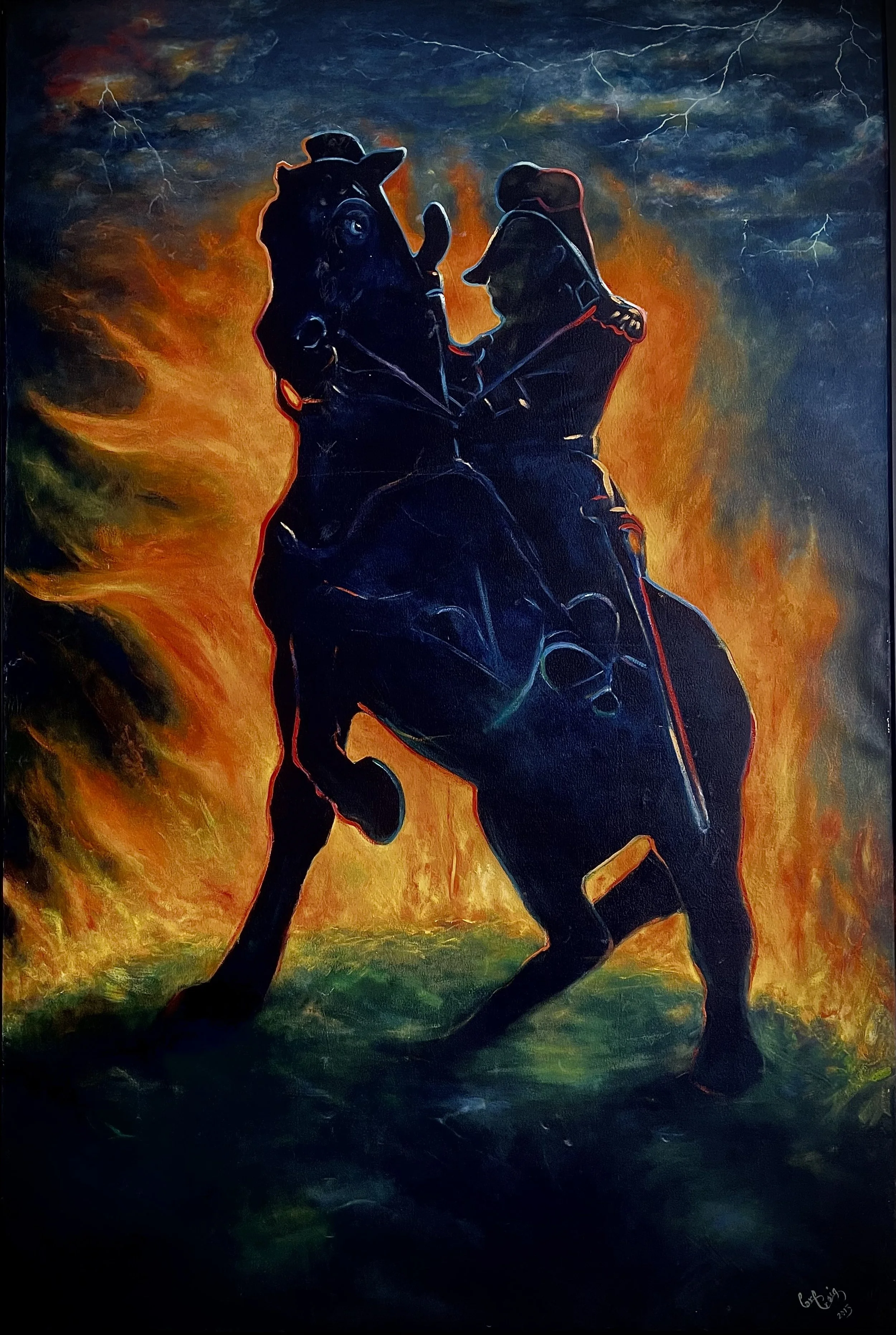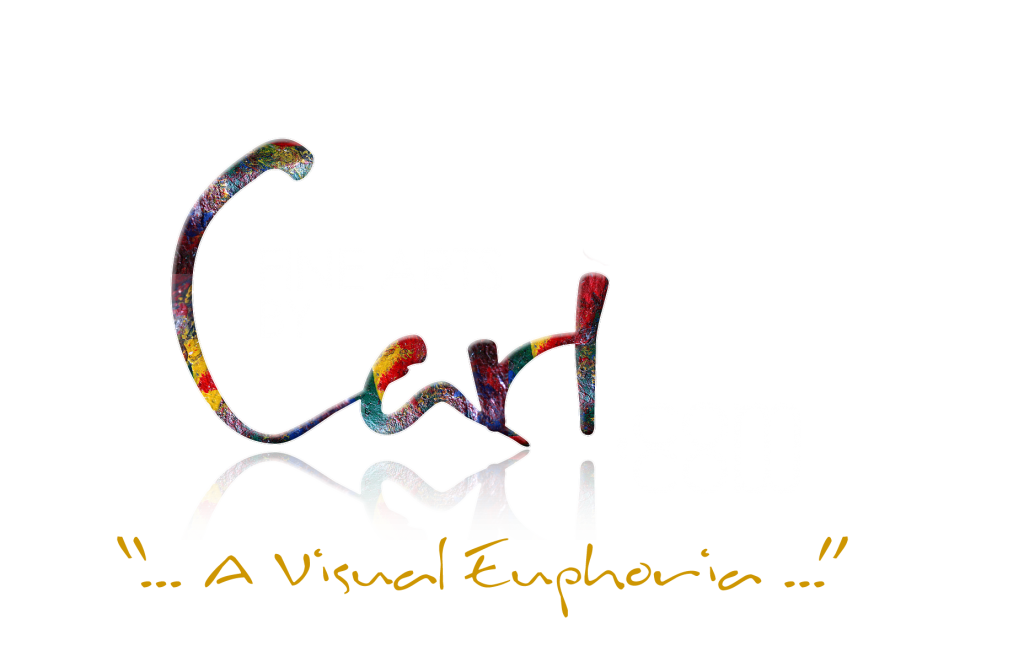Carl Craig
Style:
“Symbolic Expressionism”
Carl’s belief is that hope lies in the human spirit and, by capturing the balance between delicate facial expressions and body language of his subjects, his message can be conveyed.
Born in Haiti, moved to New York with his family at the age of 15. He served honorably in the U.S. Air Force for more than 5 years. He pursued a Bachelor of Science Degree in Finance and International Business at Florida International University. After a successful career in the financial markets for 16 years, Carl ended his vocation on “Wall Street” and decided to apply his experience and acumen in international consulting.
Despite his successes in the financial markets and as an international consultant, Carl has chosen to walk away from all the power and structure to satisfy his thirst for creativity by unleashing his talent in the arts: painting, photography, and music.
As a self-taught artist, he brilliantly and skillfully projects the inspiration he finds in his models. Since 2008, his work has been constantly displayed on the local and international markets. In 2015 and 2016 Carl was the semi-finalist in the yearly national contest organized by the Bombay Sapphire, The Artisans Series.
Carl is internationally celebrated and has exhibited his works in Mexico by special invitation from Haitian Ambassador in Mexico City. His artworks have also been shown in Cayenne (formerly French Guyana) again, by special invitation of the General Consulate, including many more. Carl’s admirers consider him as one of the best Portrait artists of our generation. His critics revere him as the Haitian artist who captures the “Sensuality of the Haitian Woman” like no other. Using Fine Arts By Carl platform, he supports local not-for-profit organizations with the “Philanthropy Through the Arts” program.
“NEG MAWON”
The “Neg Mawon” figure represents the spirit of resistance and liberation, embodying the courage and determination of those who fought against the oppressive system of slavery. The blowing of the conch shell was a signal used by maroons and rebellious slaves to communicate and coordinate actions against their oppressors, instilling fear among slave owners and catalyzing the fight for emancipation.
The Haitian Revolution stands out as a historic event, marking the only successful slave revolt that led to the establishment of the first independent black republic in the Western Hemisphere. It holds immense significance in the fight for freedom and equality, not only in Haiti but also as an inspiration for liberation movements worldwide.
This piece captures the essence of this pivotal moment in history, conveying a strong message about the strength and resilience of those who fought against slavery and oppression. The symbolism of the Neg Mawon figure blowing the conch shell and holding a machete speaks volumes about the struggle for freedom and the triumph of the human spirit against injustice.
Oil on Canvas painting
24” x 36”
LE PREMIER DES NOIRS
Oil on Canvas painting
20” x 16”
Toussaint Louverture was indeed an extraordinary figure in history, especially in the context of the Haitian Revolution. His ability to command respect from both his allies and adversaries was remarkable. His strategic brilliance and pride in his heritage were pivotal in shaping the Haitian Revolution.
His self-identification as "The First of the Blacks" in correspondence with Napoleon Bonaparte, who styled himself as "The First of the Whites," was a bold statement asserting his authority and the significance of his cause.
Toussaint's military prowess and leadership were undeniable. He was not just a skilled military strategist but also a visionary who laid the cornerstone of the eventual liberation of Haiti. His legacy as a symbol of freedom and resistance against oppression continues to resonate.
The phrase "Le Premier des Noirs" encapsulates the strength, determination, and pride that Toussaint Louverture embodied in his fight for liberation and equality. His contributions to history and the Haitian Revolution remain symbolic and inspirational.
Emp. Jacques 1er
Oil on Canvas painting
72” x 44”
"Koupé Têt, Boulé Kaye" (Cut Heads, Burn Houses) is a phrase attributed to Jean-Jacques Dessalines, one of the key leaders of the Haitian Revolution and the first ruler of independent Haiti. It is considered a powerful and symbolic war cry associated with the Haitian Revolution, reflecting the intense and radical nature of the revolt against slavery and colonialism.
General Dessalines, on his horse, used this slogan to rally and motivate the revolutionary forces to fight against the French colonizers and their allies in order to secure Haiti's independence. The phrase encapsulated the determination and resolve of the Haitian people to achieve freedom, even if it meant resorting to drastic measures.
The Haitian Revolution, which lasted from 1791 to 1804, was a complex and violent struggle that culminated in the establishment of Haiti as the first independent black republic in the Western Hemisphere. The use of "Koupé Têt, Boule Kayé" symbolized the uncompromising stance of the revolutionaries in their quest for liberty and the abolition of slavery.
Dessalines' leadership and the rallying cry were crucial elements that inspired and unified the revolutionary army, ultimately leading to the victory that resulted in the creation of Haiti as a sovereign nation. The phrase continues to hold significance in Haitian history and is remembered as a potent symbol of the nation's hard-fought struggle for independence and freedom.
Editing by
Marie-Donald Manigat-Craig





